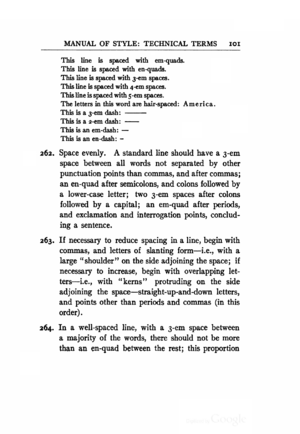Word divider facts for kids
Quick facts for kids
Word divider
|
|||||||
|
|||||||
A word divider is a special mark or space that helps separate words in writing. Think of it like the spaces you use between words right now! In many languages, like English, French, and Arabic, we use a blank space to show where one word ends and the next begins. This makes reading much easier.
However, not all languages use spaces to separate words. Some languages, especially in East Asia, write words all connected together. This article will explore how different languages have used (or not used) word dividers throughout history.
Contents
How We Used to Write
For a very long time, people wrote words without any spaces or dividers between them. Imagine trying to read a whole book where every single word was stuck together! This style of writing is called scriptio continua, which means "continuous writing."
Ancient Writing Styles
- In Ancient Egyptian writing (hieroglyphs), special symbols called determinatives sometimes helped show where words ended.
- The ancient Ugaritic alphabet and Old Persian cuneiform sometimes used small marks, like a vertical line or a slanted wedge, to separate words.
- Early alphabets like Phoenician, Aramaic, Hebrew, Greek, and Latin often ran words together. But sometimes, they used a single dot (·), a double dot (:), or even a triple dot to divide words.
The Greek Influence
When the Greek alphabet was created, it added letters for vowels. This made it a bit easier to read words even without spaces. So, the Greeks started using scriptio continua (continuous writing) more often. This style became popular and spread to other languages, including Latin.
Spaces Come to Europe
For hundreds of years, Latin also used scriptio continua. But around the 7th century CE, something changed.
- Irish monks started using blank spaces to separate words in their writing.
- This new idea of using spaces slowly spread across Europe.
- By the 8th or 9th century, using spaces between words became a common practice in many European languages.
Different Kinds of Word Dividers
Today, we see many ways that languages separate words. Some use spaces, some use special marks, and some still don't use any visible dividers at all!
No Word Dividers
Some languages traditionally write without any spaces between words.
- Written Chinese and Japanese writing are the main examples today. In Classical Chinese, one character often meant one word, so dividers weren't really needed.
- Even though Modern Chinese has longer words, each part of a word is still written with a separate character. This helps readers understand where words begin and end.
- The Vietnamese alphabet uses spaces, but it separates almost every syllable, not just full words.
Using Spaces
Using a blank space is the most common way to divide words today. This is especially true for languages that use the Latin alphabet, like English.
Vertical Lines
- Ancient writing systems like Anatolian hieroglyphs and Linear B often used short vertical lines to separate words.
- In some manuscripts, vertical lines were used for bigger breaks, like commas or periods.
- This practice is still seen in some Indic scripts today.
Dots and Other Marks
- As mentioned earlier, single dots (·) or double dots (:) were used in ancient manuscripts.
- For example, Ethiopic writing still uses double dots (፡) to separate words, though spaces are becoming more common.
- Ancient Greek orthography sometimes used two to five dots as word separators.
Different Letter Shapes
- In modern Hebrew language and Arabic alphabets, some letters change their shape depending on whether they are at the beginning, middle, or end of a word.
- These different shapes help show where words start and finish, along with spaces.
Vertical Arrangement
The Nastaʿlīq script, used for languages like Persian language and Urdu, separates words by arranging them vertically. The start of each word is written a bit higher than the end of the word before it. This creates a cool "sawtooth" pattern in the line of text.
Pauses in Communication
- In Fingerspelling (signing words with fingers), a short pause helps separate one word from the next.
- The same is true for Morse code, where a slightly longer pause indicates the end of a word.



